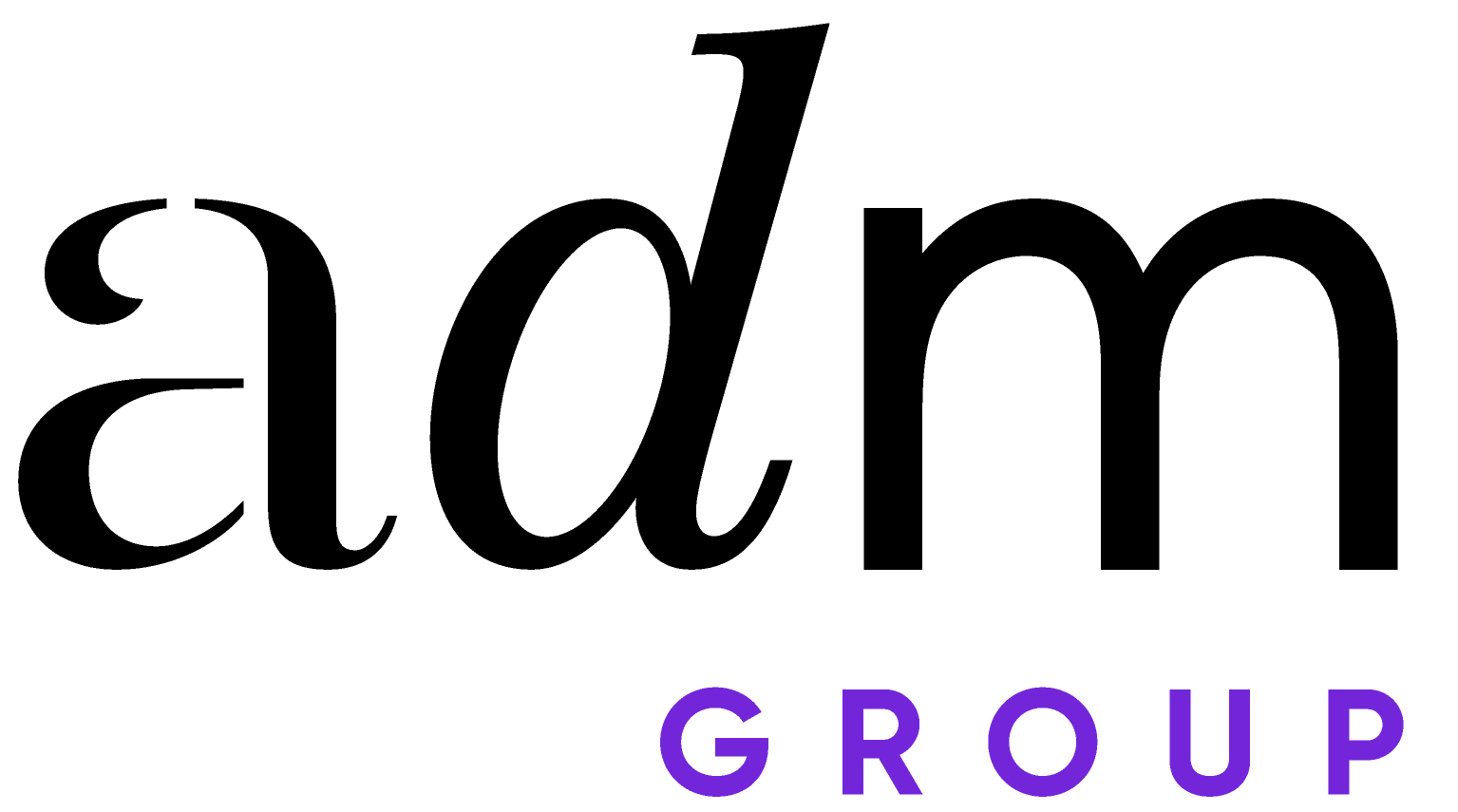The Gender Data Gap
5 min read
“The stories we tell ourselves about our past, present and future are all marked – disfigured – by a female-shaped ‘absent presence’. This is the gender data gap. The gender data gap isn’t just about silence. These silences, these gaps, have consequences.” - Caroline Criado Perez.*
UN Sustainable Development Goal (SDG) number 5 aims to address gender disparities across legal, social, and institutional domains, pertaining to employment, health, and education. Despite efforts, gender equality has not been achieved, largely due to the lack or scarcity of gender-disaggregated data. According to UN Women reports, only 10 out of 54 gender-related indicators can be monitored reliably at a global level.**
The gender data gap continues to hold women back on the path to equality.
What is the Gender Data Gap?
"Within data, when we say human, on the whole, we mean men.” *
The gender data gap refers to the disparity in the collection, representation, and analysis of data concerning men and women. It highlights the tendency for certain datasets to be skewed or incomplete, leading to a lack of accurate information about women's experiences and needs, compared to men.

Women are 17% more likely to die and 47% more likely to be seriously injured than men in car accidents based on research solely done on men.
Historically, failure to consider female-specific factors in data has tainted the development of medical treatments, devices, and clinical trials, along with the provision of healthcare services and occupational health and safety. Similar gaps extend to taxation, financial services, and the design, testing, and marketing of consumer products.
Health
Heart disease symptoms often manifest differently in women compared to men, but historically, most research has been conducted on male subjects. This has led to underdiagnosis and inadequate treatment in women. For example, during a heart attack, one in eight women will not experience chest pain, but will instead feel pain in their jaw and back.
Safety
Vehicle safety systems are mainly designed and tested based on the default male body. In a car accident, women are 17% more likely to die and 47% more likely to be seriously injured than men.
Technology
Many technology products have been designed with a one-size-fits-all approach reflective of the preferences and needs of men. For example, early voice recognition systems were only designed to recognise male voices.
What is the impact?
Data for marginalised members of society is almost non-existent: women of colour, working class, disabled and disadvantaged women are not fairly represented.
In an increasingly data-dependant world, the gender inequality gap will be widened and perpetuated, as the vast impact of new algorithms and Big Data will be based on incomplete representation.
The world is increasingly reliant on Big Data, but when your big data is corrupted by big silences, the truths you get are half-truths, at best.*
How do we tackle it?
Closing the gender data gap is crucial for achieving gender equality and developing effective policies and programs that address the needs of all individuals, regardless of gender.
My role at adm allows me to work with leaders across the business to ensure we gather and use data in a way that puts a stop to gender inequalities.
- In our HR reporting framework, metrics are disaggregated by gender, allowing us to identify and address imbalances where necessary. For example, we assess staff turnover separately by gender, which enables us to pick up on higher departure rates for a specific gender in a certain team, department, or region.
- Additionally, our target of achieving 40% female representation in leadership positions by 2025 means we look at promotion and career advancement opportunities for each gender, ensuring equitable progression pathways for all employees.
- We have developed and introduced Breastfeeding and Menopause policies, with the aim of supporting and accommodating all employees who may need it, as well as raising awareness and removing prejudice around these topics.
- We have a target of placing 15% of our global spend with diverse and women owned businesses, and we encourage those organisations to become WEConnect certified, to enhance their visibility and allow them to open doors to new partnerships and opportunities.
Sources:
*Invisible Women: Exposing Data Bias in a World Designed for Men
**The impact of the gender data gap on consumer protection (europa.eu)
Read more of our IWD series here


